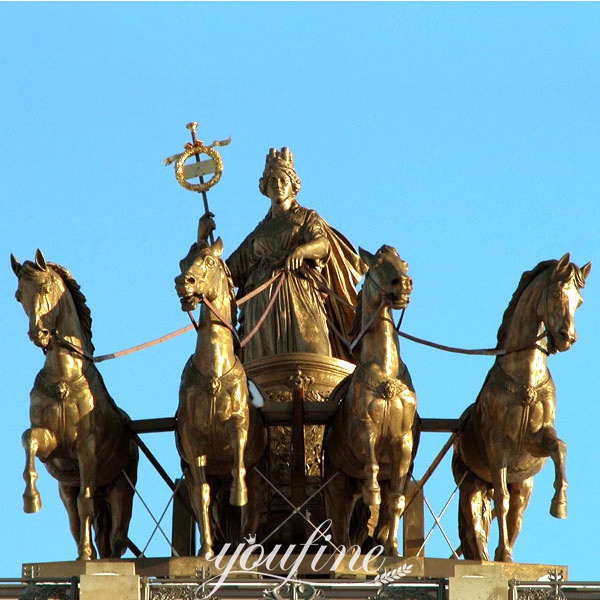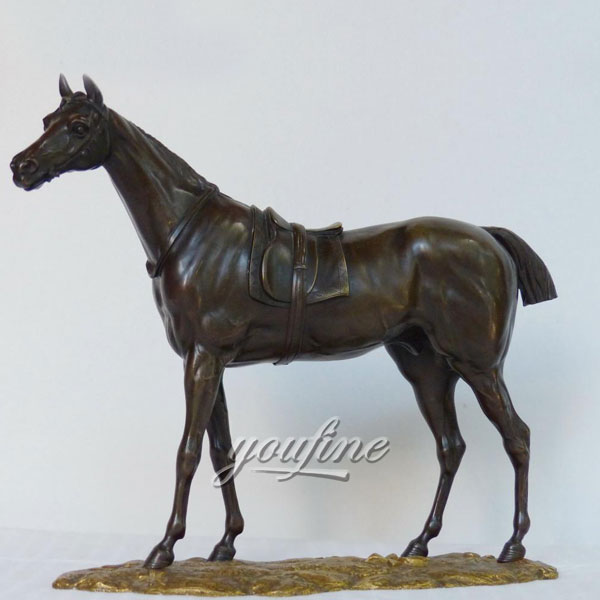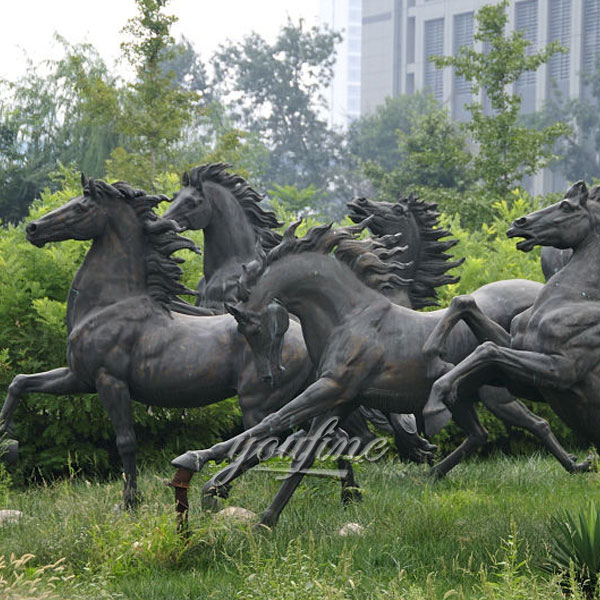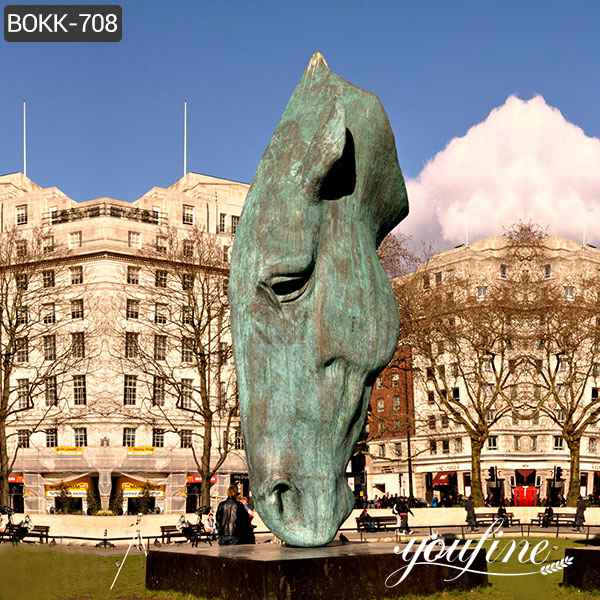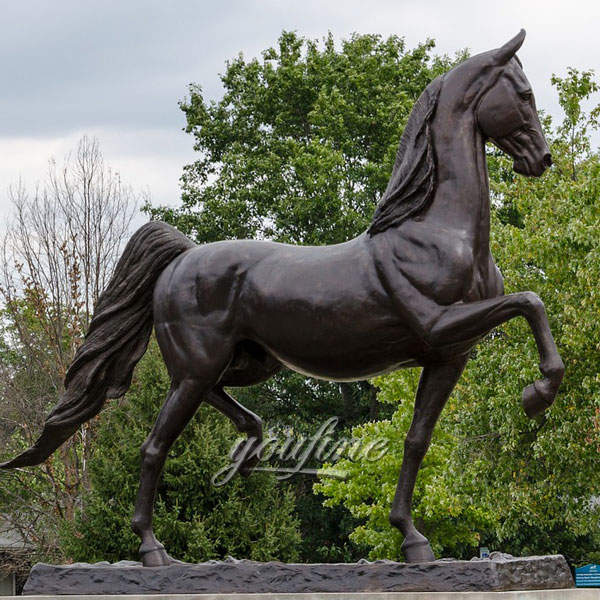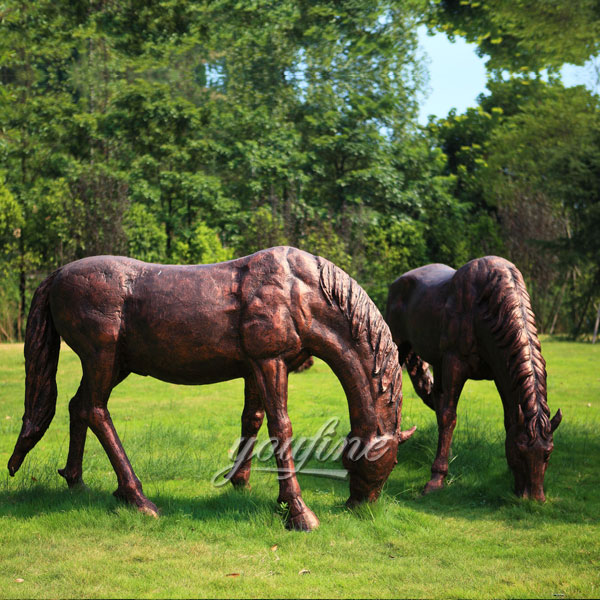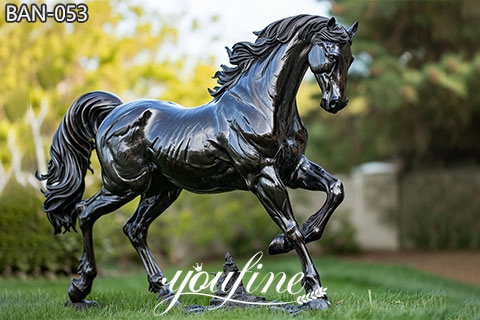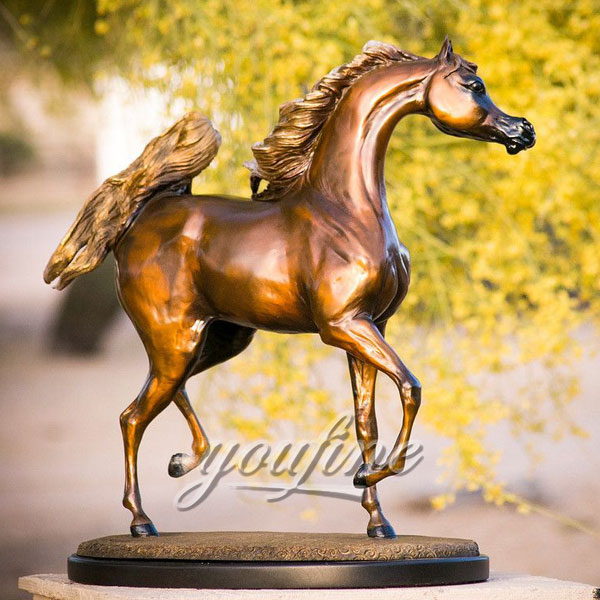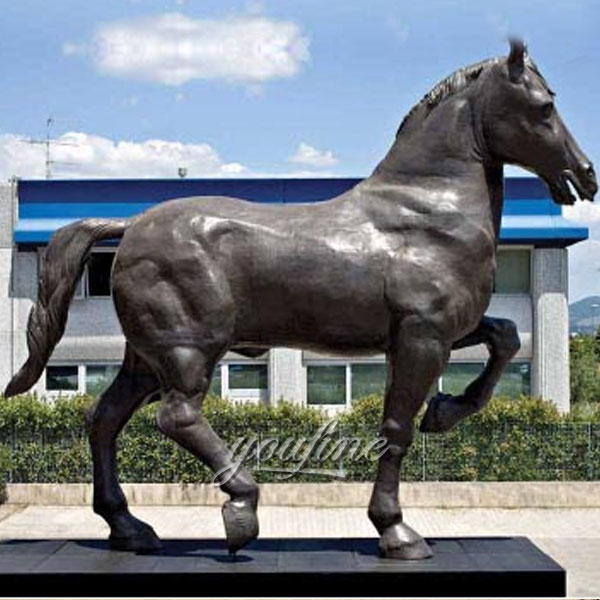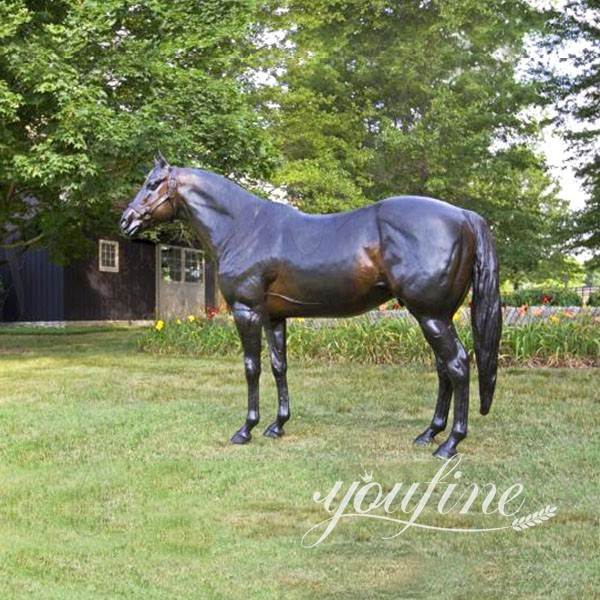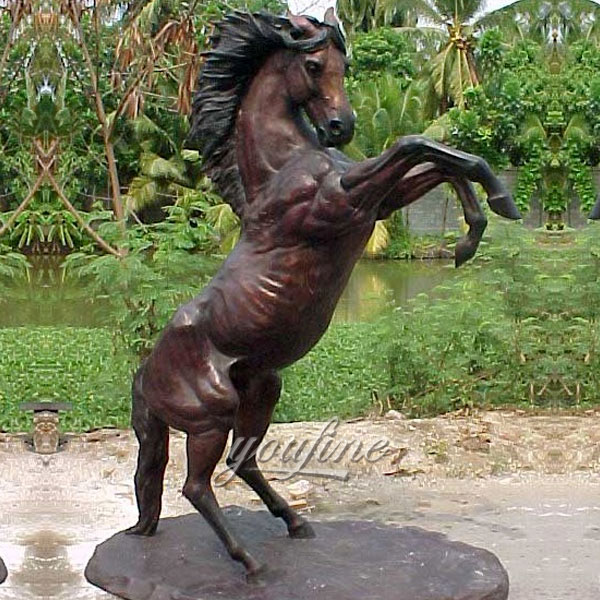famous bronze horse sculpture what does equestrian
Equestrian Statue: Characteristics, History of Equine Sculptures
In sculpture, the term "equestrian statue" describes a statue of a rider mounted on a horse. It derives from the Latin word "equus" (meaning "horse") from which we get "eques" ("knight"). If the horse is riderless, the sculpture is usually called an "equine statue".
Bronze horse sculptures at Low Prices
Mene's sculpture Whinny of the Stallion, The figure of horse standing against rail fence,is one of his most famous works and was t… he basis for several other sculptures. From The Whinny, Mene produced the Arab Stallion Saddled, Cheval Libre, and this fine model of an Arab Mare with Saddle and Gun.
Equestrian statue – Wikipedia
Equestrian statue. The Equestrian Statue of Marcus Aurelius on the Capitoline Hill was the prototype for Renaissance equestrian sculptures. An equestrian statue is a statue of a rider mounted on a horse, from the Latin "eques", meaning "knight", deriving from "equus", meaning "horse".
Heather Jansch – Official Site
Leading contemporary sculptor with established worldwide reputation for life-size driftwood bronze horses shows monumental sculpture in her Ashburton Dartmoor driftwood gallery open every friday & Saturday.
Leonardo da Vinci's unmade Horse – the first conceptual …
wrote Leonardo da Vinci to his employer Ludovico Sforza, ruler of Milan, in the 1490s. He was wanly conceding that money for the Horse might not be forthcoming. The Horse – Da Vinci's horse – was a towering equestrian monument that he planned to cast in bronze as a memorial to Ludovico's father, Francesco Sforza.
List of equestrian statues – Wikipedia
The equestrian sculpture is insofar a miracle which stands for Fernkorn's craftsmanship as a sculptor, as only the two back legs of the horse have a connection with the pedestal, it is only the second oldest in the world of this kind, after the Monument to Nicholas I in Saint Petersburg, outdoing the achievement of Tacca's equestrian sculpture of Philip IV in Madrid.
- antique bronze racing jockey horse statue designs for school
- life size racing jockey horse statue for home Australia
- large racehorse statues foundry China
- large horse racing statue price Australia
- life size horse racing statue school mascots China
- yard art horse racing statues foundry America
- yard art horse racing statues art deco Amazon
- antique bronze horse racing statues cost for garden
- buy horse racing statue sculpture with jockey cost India
- famous racehorse statues for sale America
- yard art racehorse statues yard decoration China
- antique bronze horse racing statue cost for school

